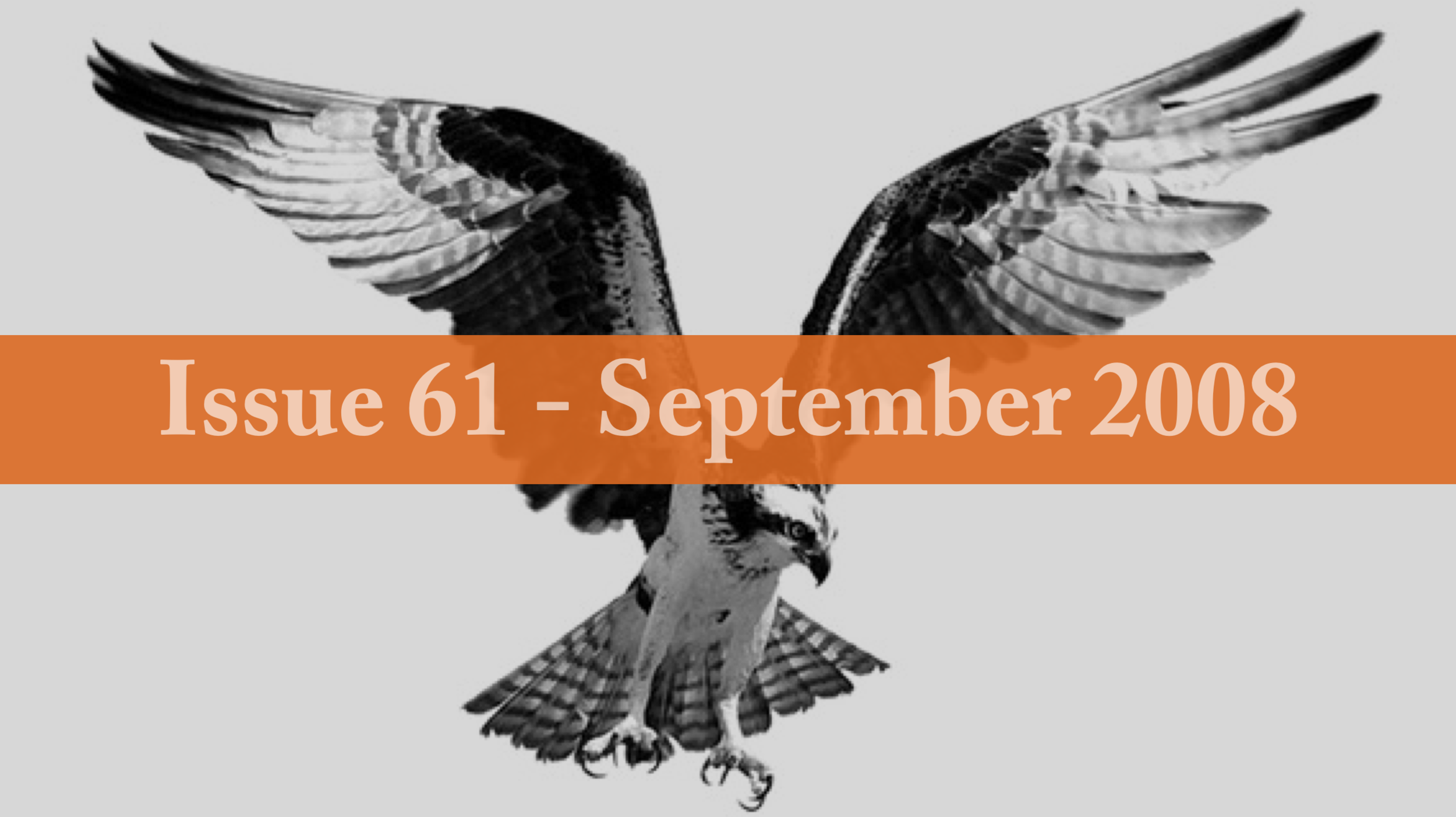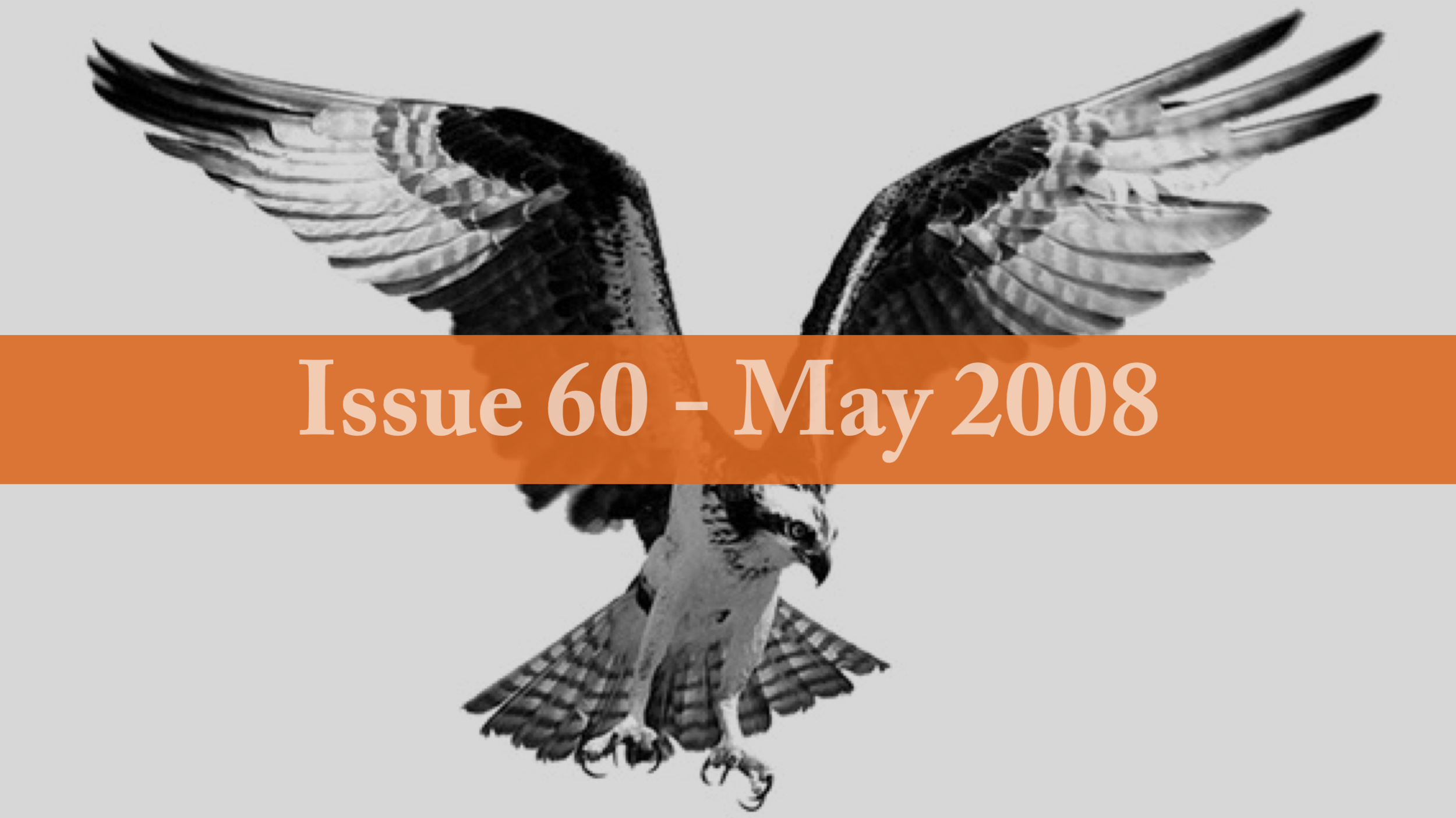A Coalition of conservationists and biologists criticize the plan on the following grounds: Lack of SEPA, NEPA and ESA compliance particularly in light of plans for hatchery releases and the fishing moratorium. Furthermore, the plan lacks monitoring, methods to stop hatchery fish straying and the necessary budget for implementation.
Read MoreThe author reviews the state’s Statewide Steelhead Management Plan and its lofty goals. Three years after its passage however, WDFW appears to have ignored the plan as Soverel traces WDFW’s lack of wild steelhead management zones, its poor policy on Elwha recovery, and misguided wild broodstock management “enhancement” on the Sol Duc.
Read MoreThe authors detail local adaptation of rainbow trout/steelhead that were introduced to this Ontario tributary of Lake Huron over a century ago. A wide range of local adaptations include variation of age at maturity (for example, half pounders), migration timing and extensive genetic differentiation within the Nottawasaga River. This research sheds light on the ability of rainbow trout/trout steelhead to colonize newly available habitats.
Read MoreLesley Adams, of the Klamath Siskiyou Wildlands Center, details how recent a California mining moratorium has helped reinvigorate a small scale gold rush on Southwestern Oregon rivers. The Rogue and Chetco rivers are seeing increasing mining pressures, activity that causes further harm to the region's salmon and steelhead. Oregon legislators are pushing the federal government to improve outdated mining laws.
Read MoreThe researchers explain the damaging effect of dams on the Elwha, including over 146 rkm of habitat blocked for anadromous fish and reduced population sizes. Dam removal in 2011 offers a chance for recolonization of near pristine habitat by many salmonid species and the restoration river processes.
Read MoreThese ODFW biologists explain that in recent decades out of basin hatchery steelhead have been straying into the Deschutes, posing risks to wild steelhead. The biologists have recently installed weirs in several lower river tributaries to monitor and prevent hatchery fish spawning.
Read MoreBiologists from Portland General Electric tell the story of two recent dam removals on Oregon's Sandy River. The removals improve fish passage, open new habitat and go alongside shifts in hatchery practices that support native fish.
Read MoreBurge, of the Wild Steelhead Coalition, reviews the decline of Hoh River Wild Steelhead from 35,000-59,000 fish in the 1920s to a current escapement of under 3000 fish. Burge recommends easing harvest along with higher escapements and more thorough management plans.
Read MoreTucker, of the Karuk Tribe of California, reviews the decade plus battle of farmers, environmentalists, Indians and commercial fisherman over the Klamath basin resources. Most parties have made reasonable progress however he argues environmentalists have made unreasonable requests from farmers and hindered the dam removal process.
Read MoreWilliams, of U of Idaho and the Federation of Fly Fishers, explains that a growing movement from the FFI and other conservationists focuses on establishing native fish conservation areas. These would ensure the maintenance and restoration of natural watershed processes and its native organisms and be built on partnerships with stakeholders. Keywords: Fisheries Conservation Foundation.
Read More










